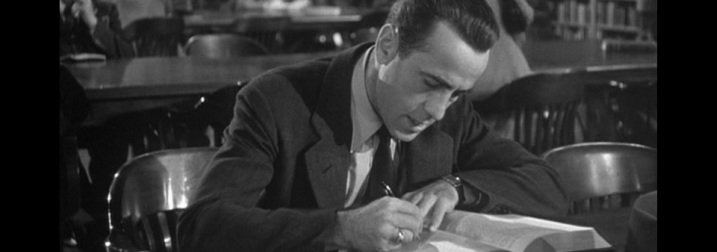Seventy-five to ninety percent of human communication is non-verbal. We recognize most of these reactions immediately: she bit her lip, she felt her palms grow sweaty, she gulped, her throat tightened, her stomach clenched—you get the picture. These are what’s known as physical clichés and every writer knows what we do with clichés: we shun them.
According to Francine Prose in Reading Like A Writer, if the reader can intuit the character’s reaction, it’s unnecessary to write it. The exception is when the character has a different reaction from the one the reader expected.
But see how good writing puts the lie to that wisdom. Consider this action from Susan Whitcher’s novel, Stone Brothers: Andy stood. His knees seemed unpinned, he had to grip the table edge. Rat’s teeth gnawed his diaphragm. But he stood. The reader may have known that Andy was upset but note how the knowledge deepens in this description.
When we write about a character’s physical reactions, those reactions need to be particular. They need to inform the story. Back to Francine Prose: Properly used gestures—plausible, in no way stagy or extreme, yet unique and specific— are like windows opening to let us see a person’s soul, his or her secret desires, fears or obsessions, the precise relations between that person and the self, between the self and the world…
Great! So how do we achieve this? I suppose there are writers out there who have an eye for physicality the same way some writers have an ear for dialogue. It’s depressing and I hate them. For the rest of us poor strugglers, Prose suggests we tuck a little notebook in our pocket and begin people watching in earnest.
Here’s my tip: learn from other writers. Just like a stack of Elmore Leonard novels will improve our dialogue, Erika Krouse, Jennifer Egan and Antonya Nelson are the queens of physicality on the page. There are hundreds of other writers that achieve this effect.
Underline phrases that speak to you. Keep a notebook of them so that you can read them over and over.
This plus chair time and we’ll all write brilliant prose. That’s a promise.


 Who knows what another person’s life is really like? It’s the chief reason I love mystery. Seeing justice served is all very well, but what I’m really interested in is peering under the hood of my fellow human’s life and seeing the inner workings of an outwardly perfect life. And it’s never Norman Rockwell, baby.
Who knows what another person’s life is really like? It’s the chief reason I love mystery. Seeing justice served is all very well, but what I’m really interested in is peering under the hood of my fellow human’s life and seeing the inner workings of an outwardly perfect life. And it’s never Norman Rockwell, baby.